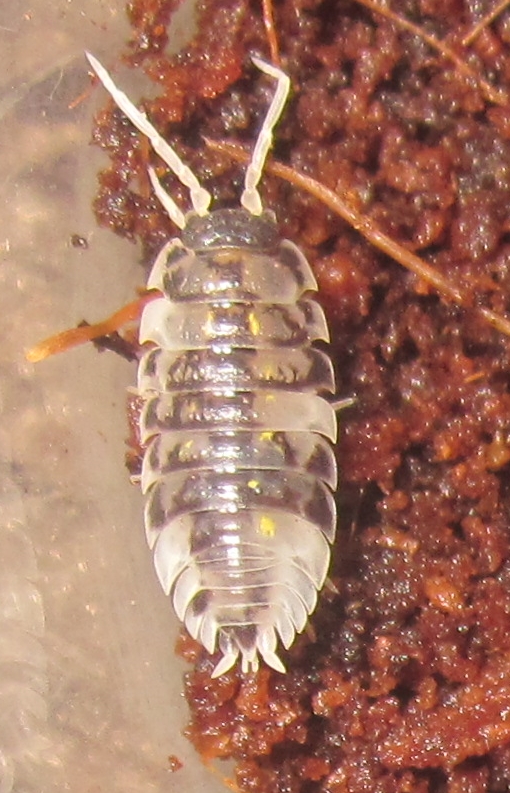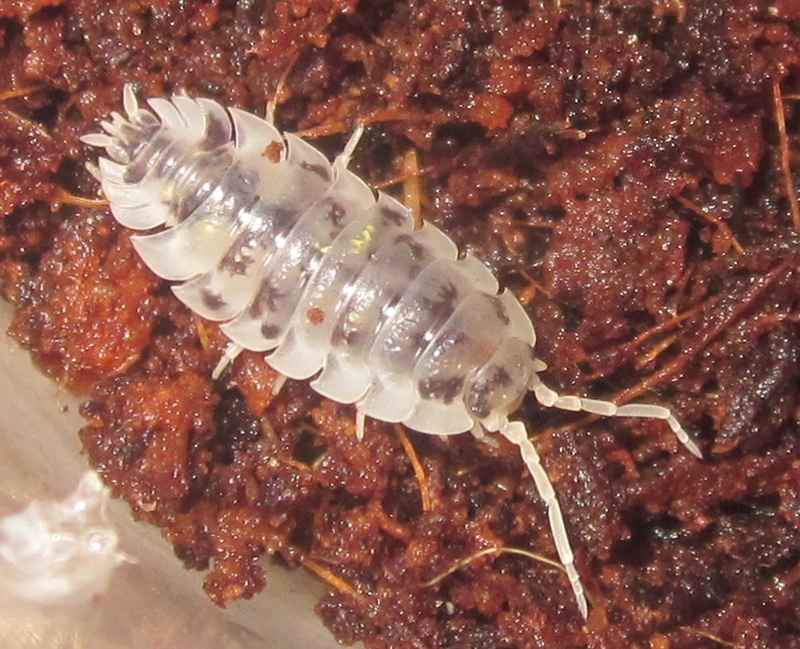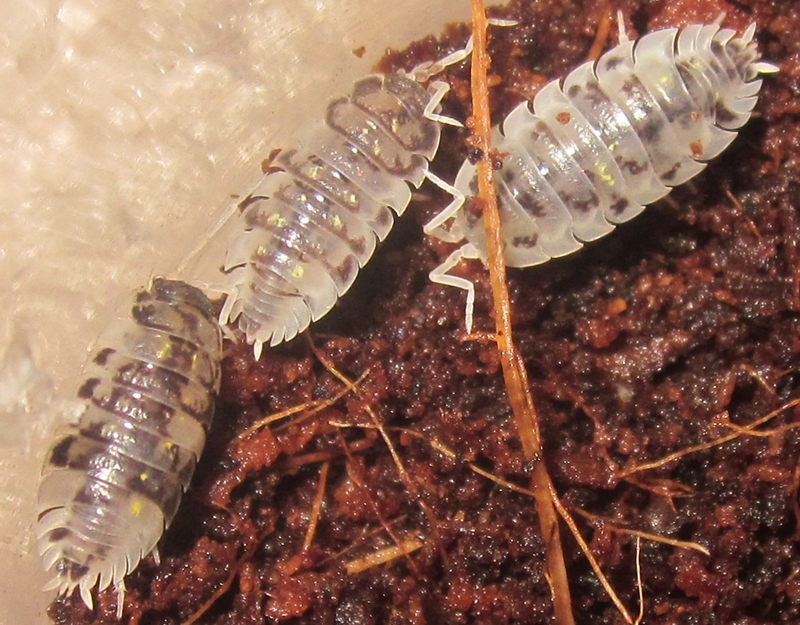So some of you may know that my population of Cylisticus convexus "Pied" died out unfortunately, due to under-watering. However, a new morph has shown up in one of my other species's enclosure, and it is equally exciting to me!
Presenting, Oniscus asellus "Dalmatian":



I have found three individuals in my colony so far, hoping I can isolate this morph, never heard of this species having this color variation before! I have been really lucky with the variation of color morphs in my isopod colonies, such a cool group of invertebrates!
Presenting, Oniscus asellus "Dalmatian":
I have found three individuals in my colony so far, hoping I can isolate this morph, never heard of this species having this color variation before! I have been really lucky with the variation of color morphs in my isopod colonies, such a cool group of invertebrates!
Last edited by a moderator:
